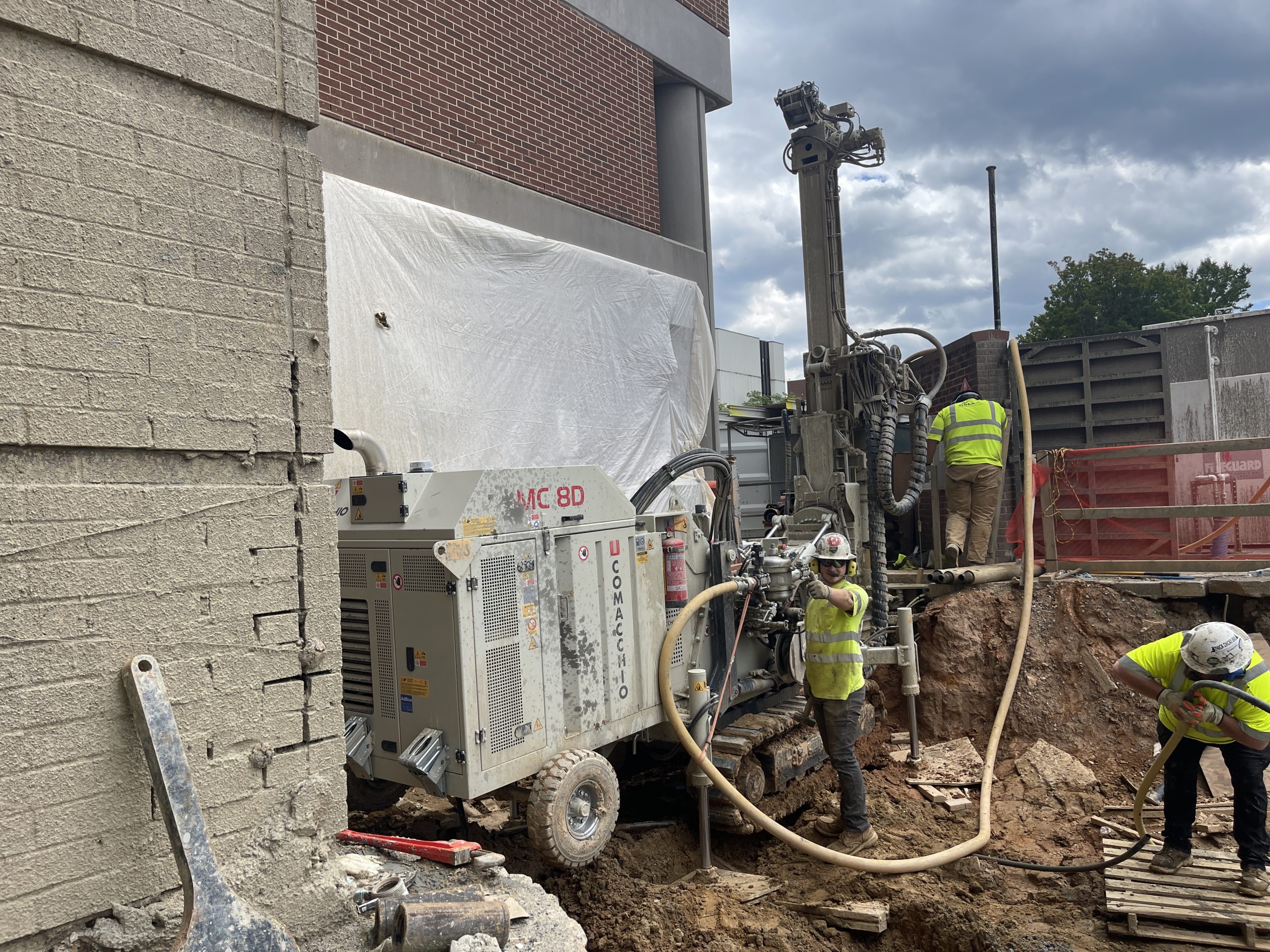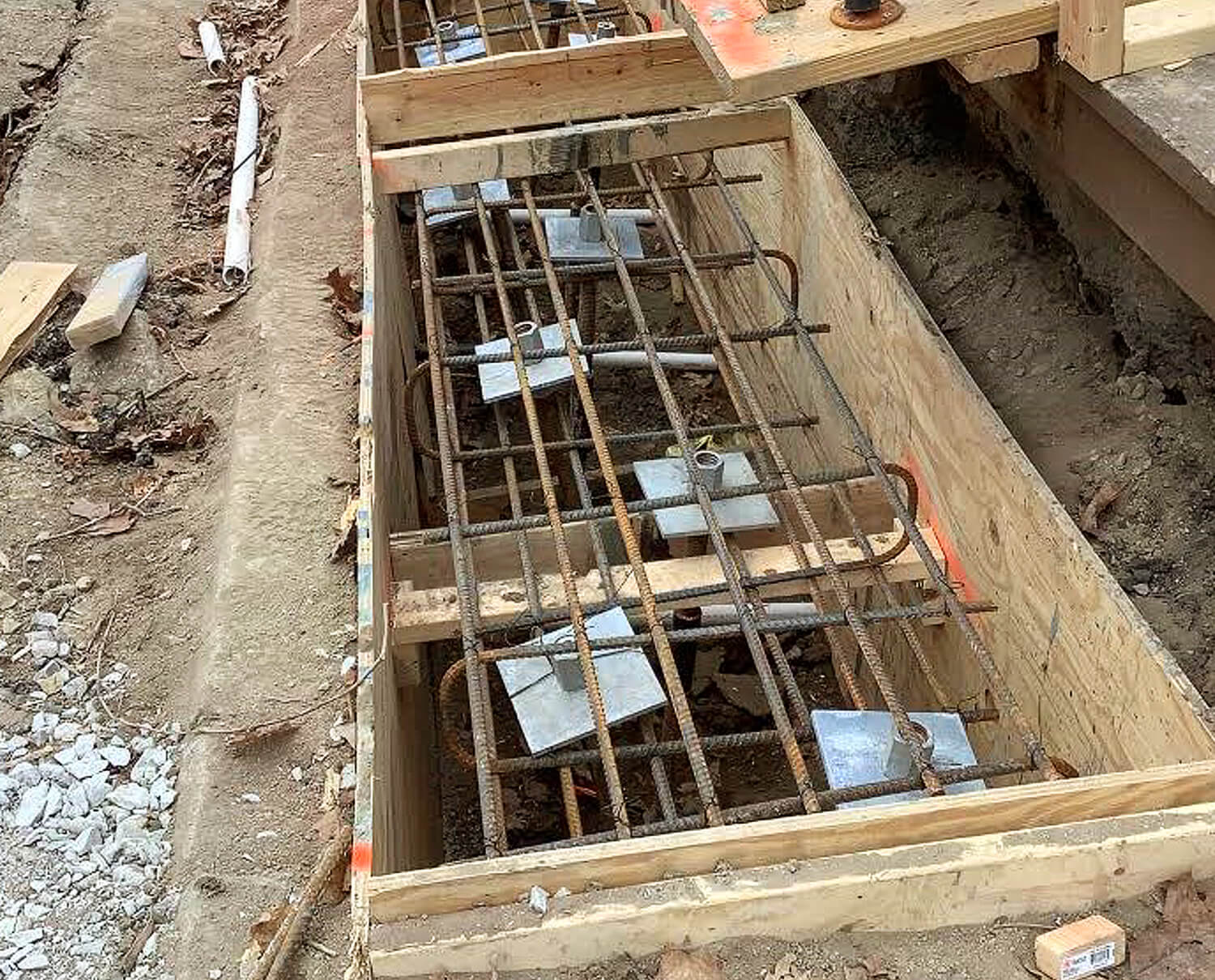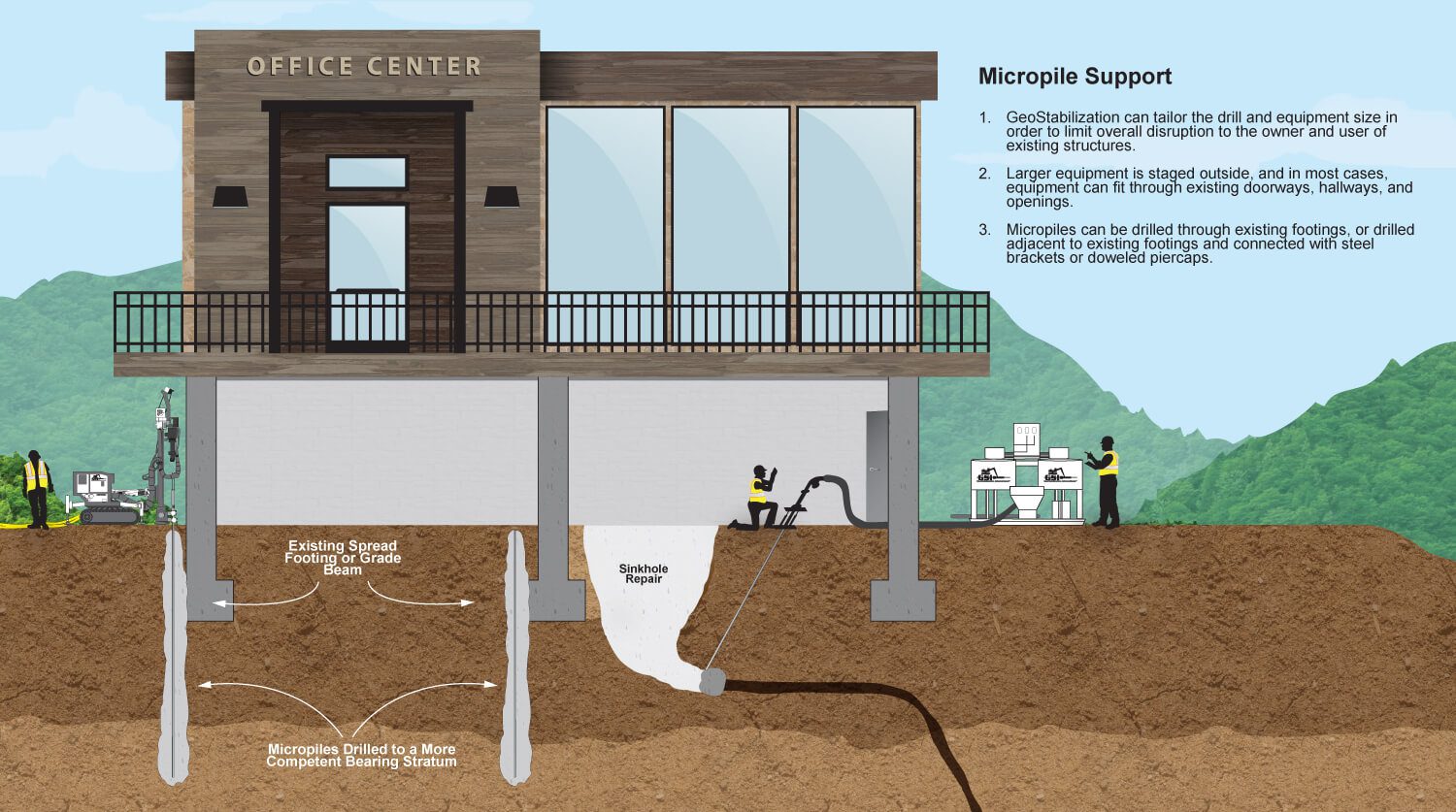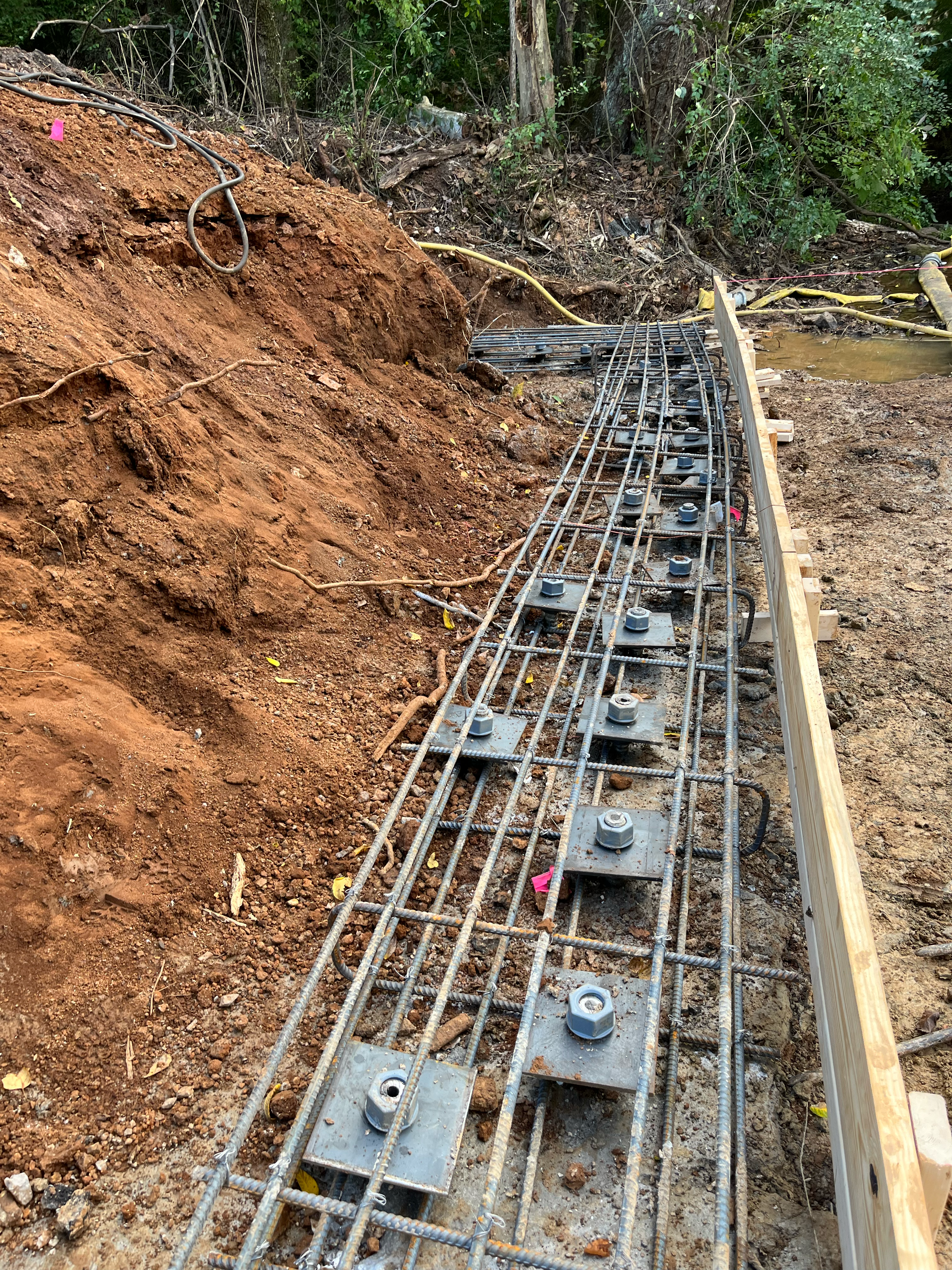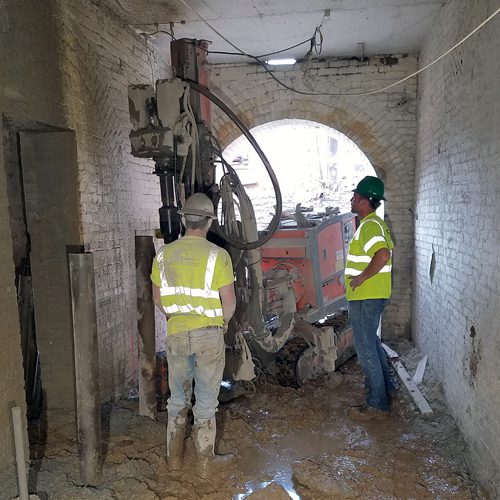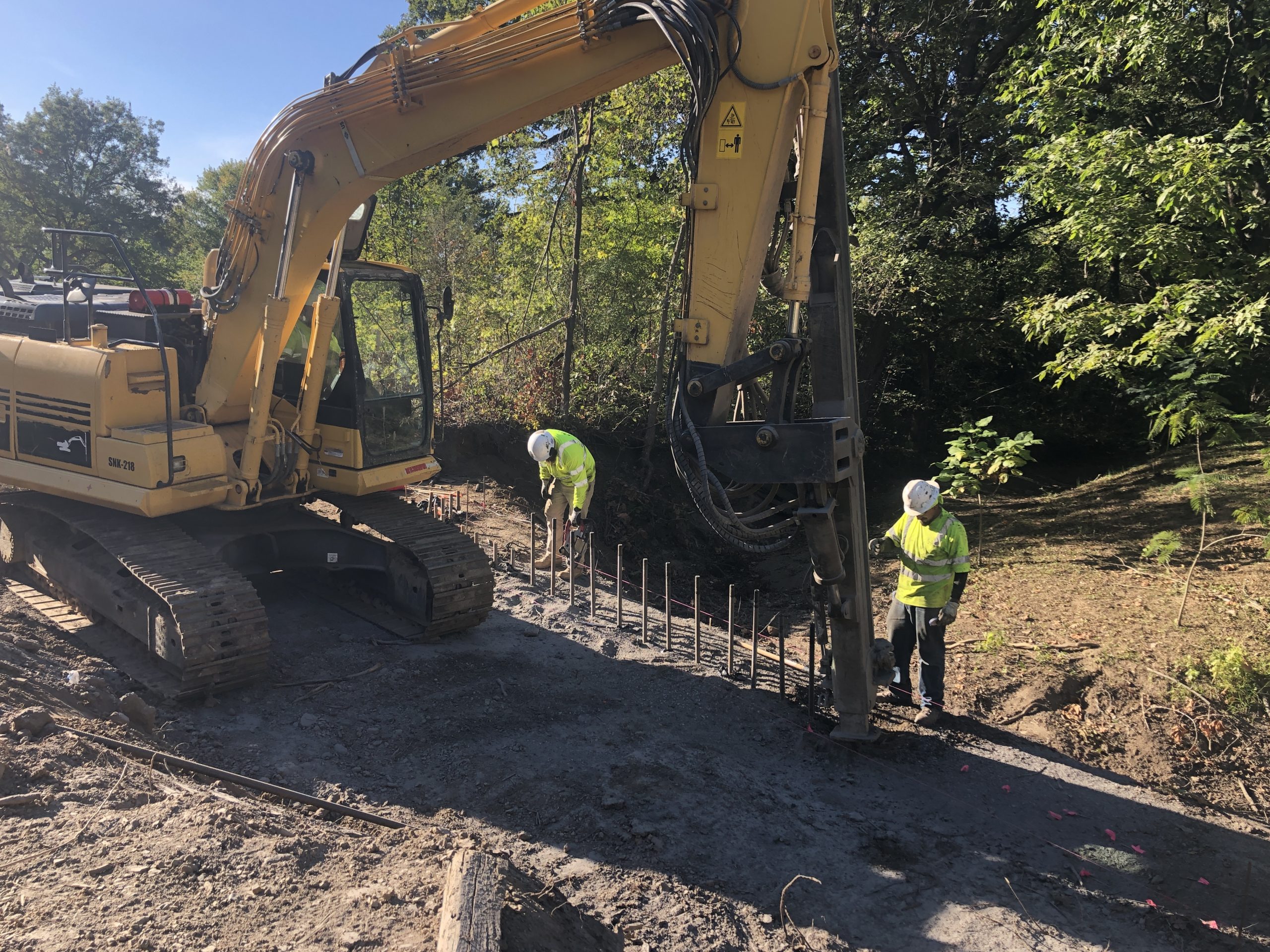Maintenance and Inspection Best Practices
To safeguard the durability and performance of micropiles, regular maintenance and inspection are paramount. Visual inspections, load testing, and instrumentation monitoring are crucial for identifying and addressing issues promptly. Proper drainage and soil management around micropiles mitigate the risk of corrosion, ensuring sustained effectiveness.
